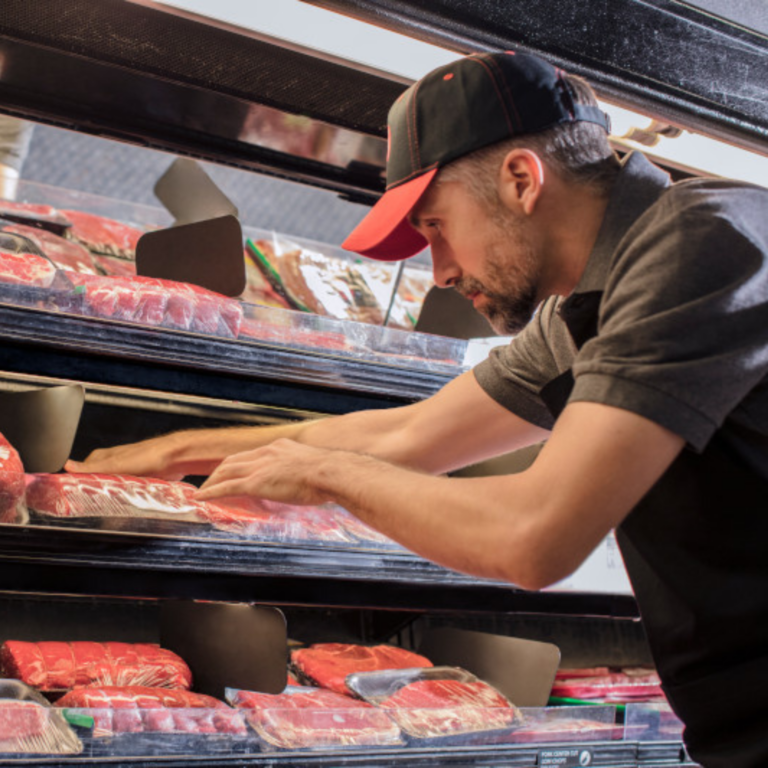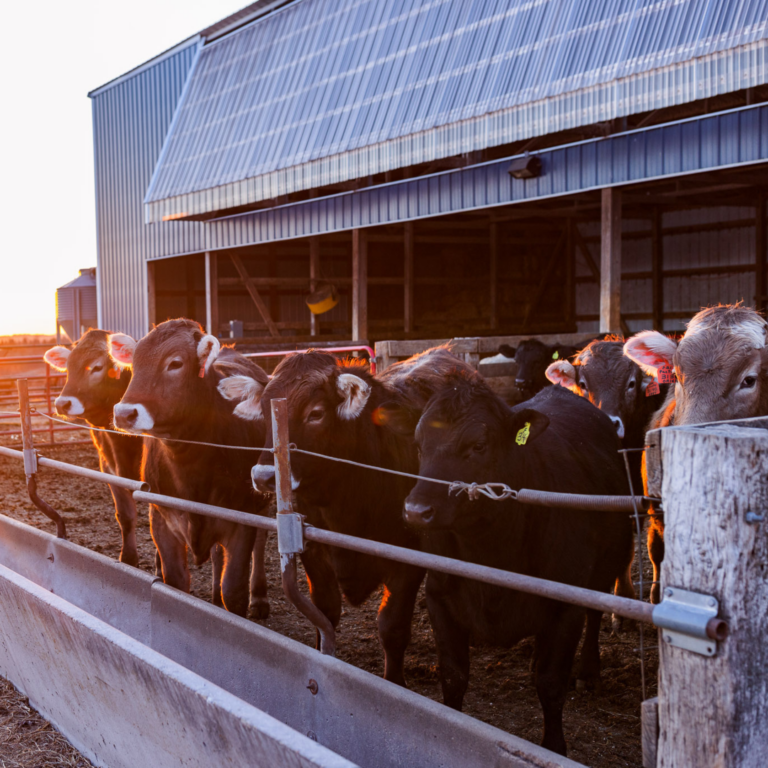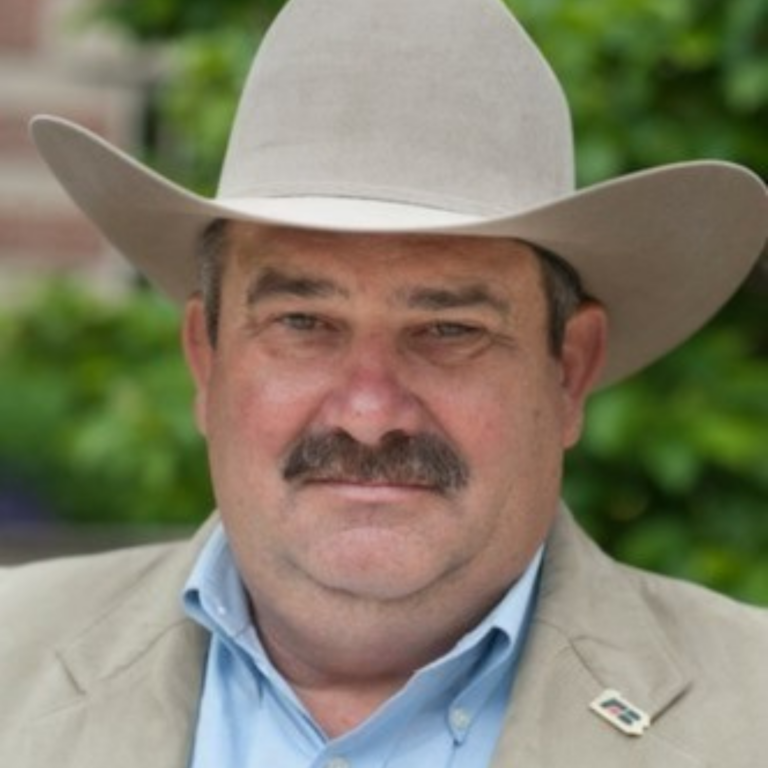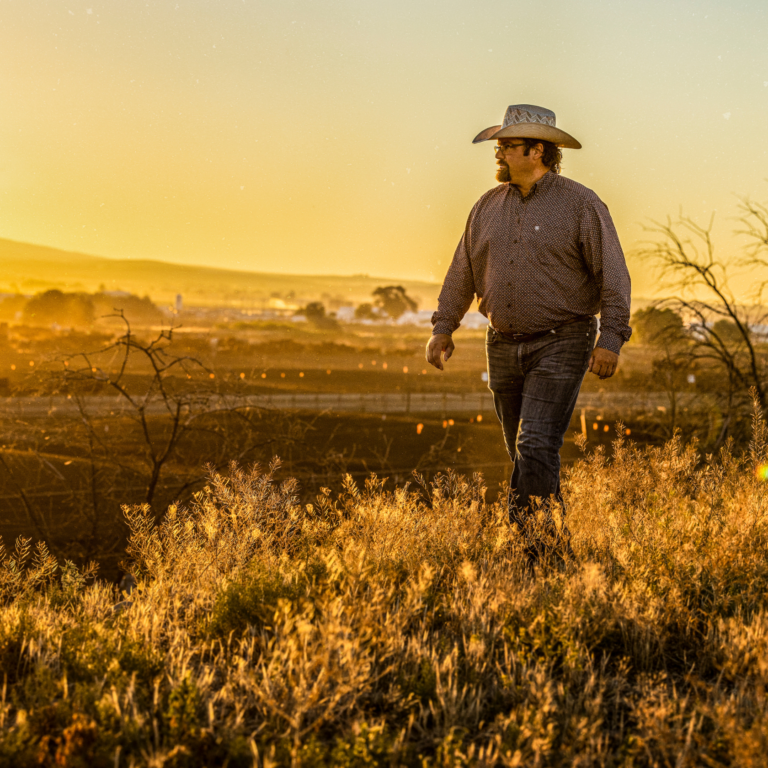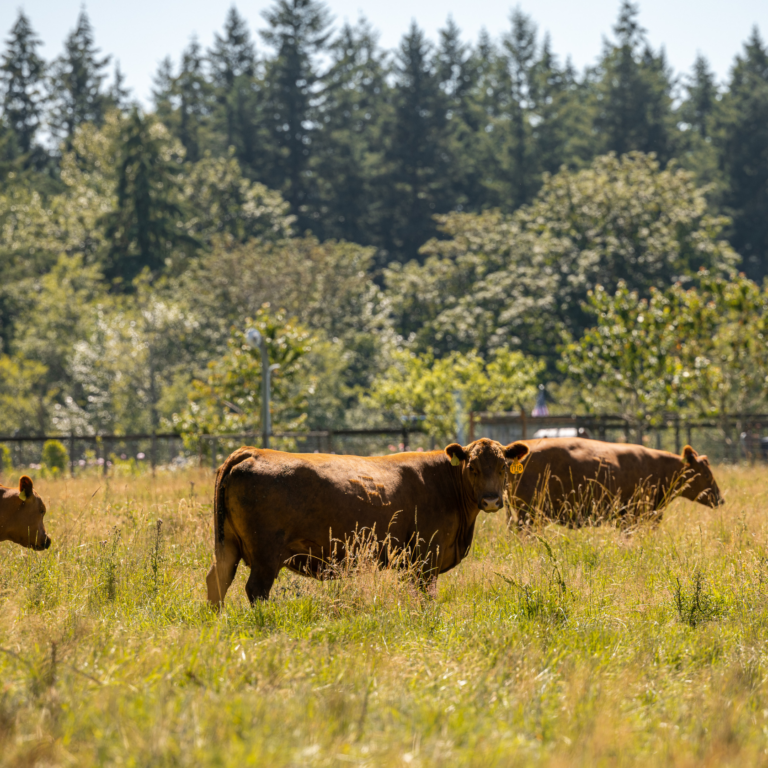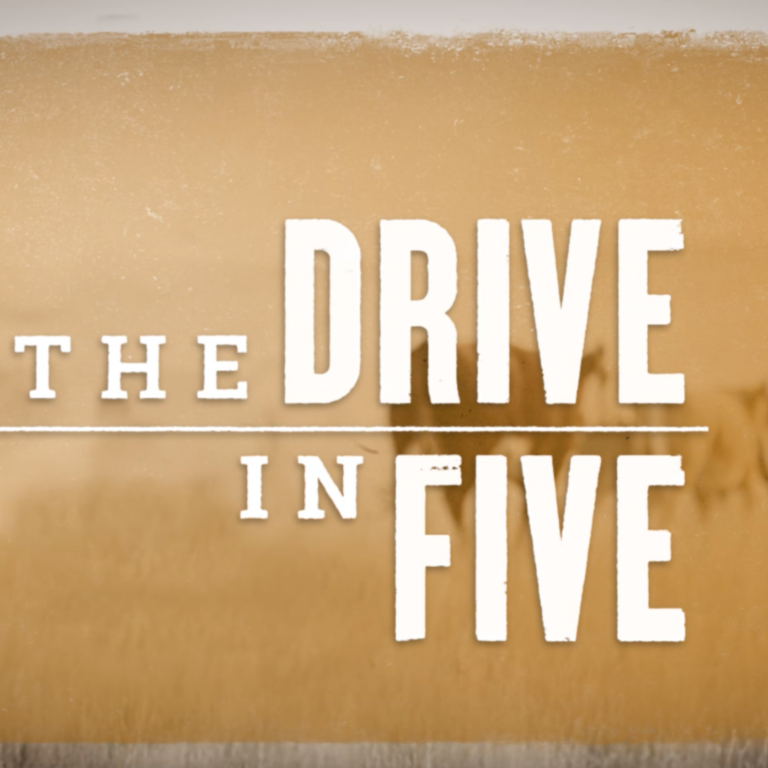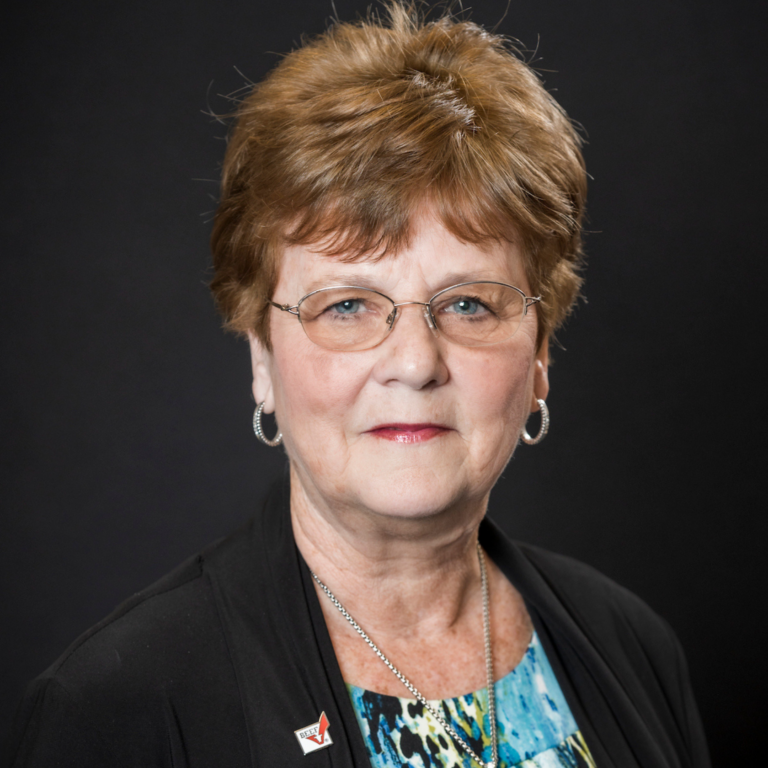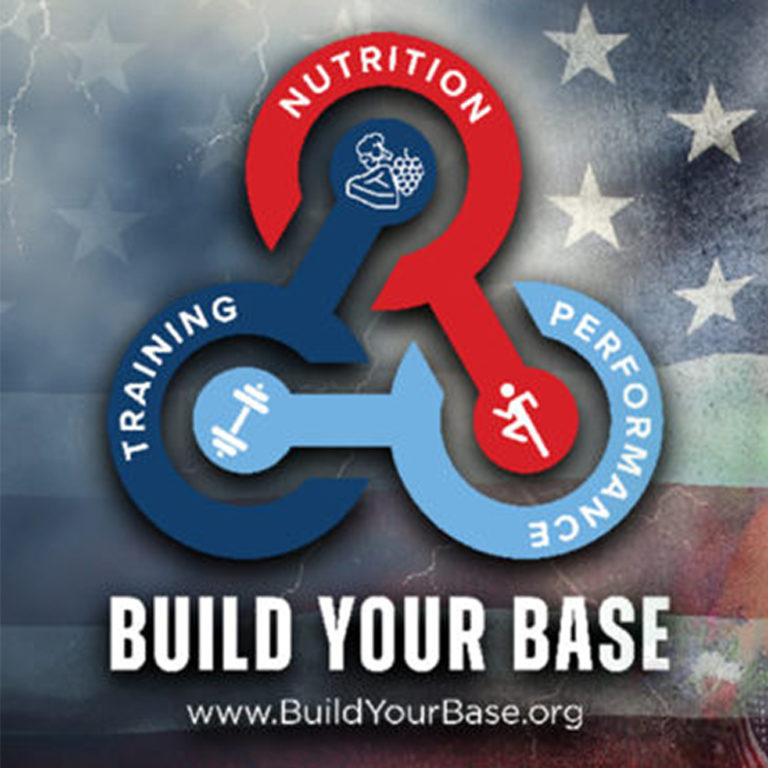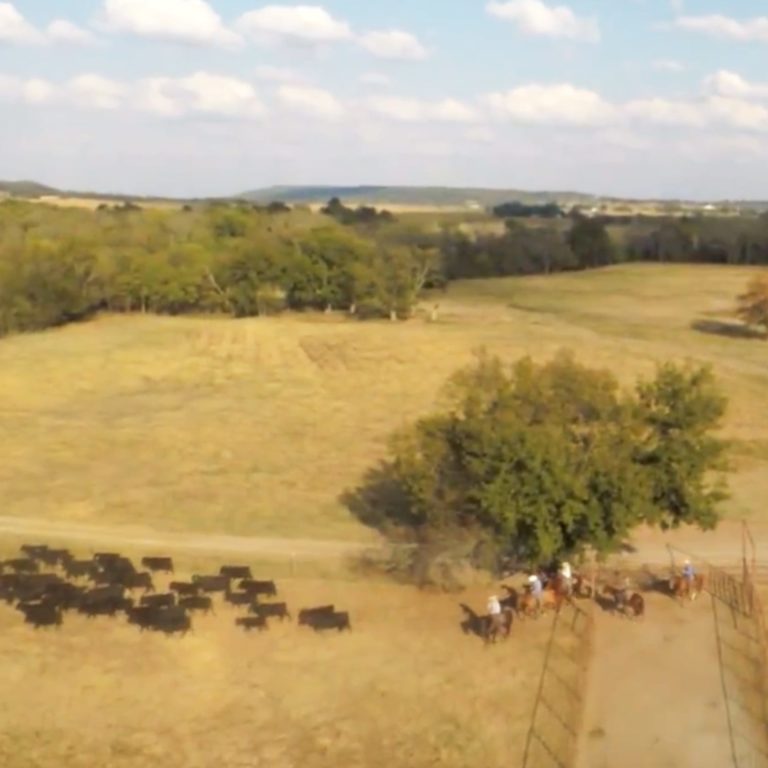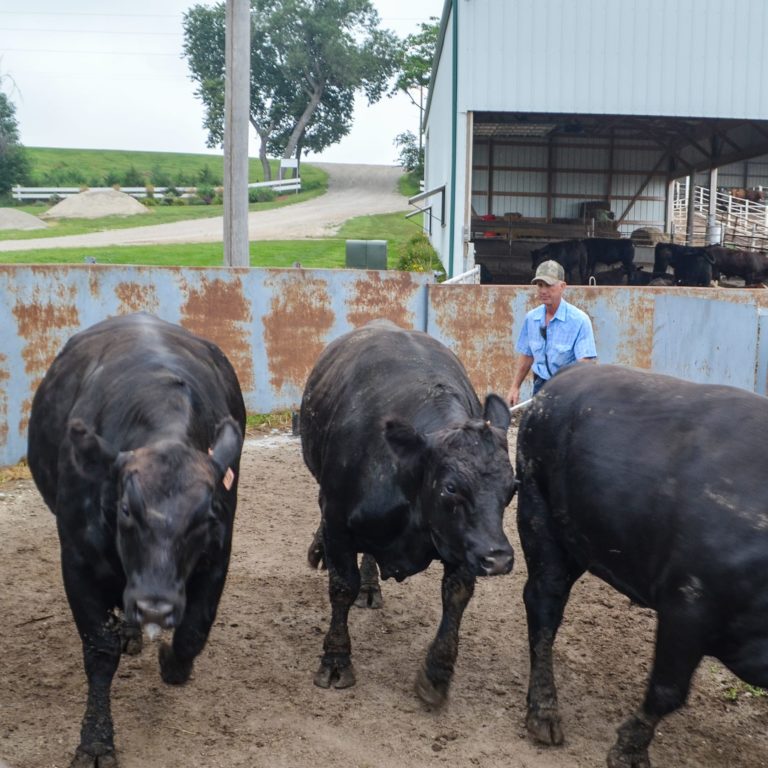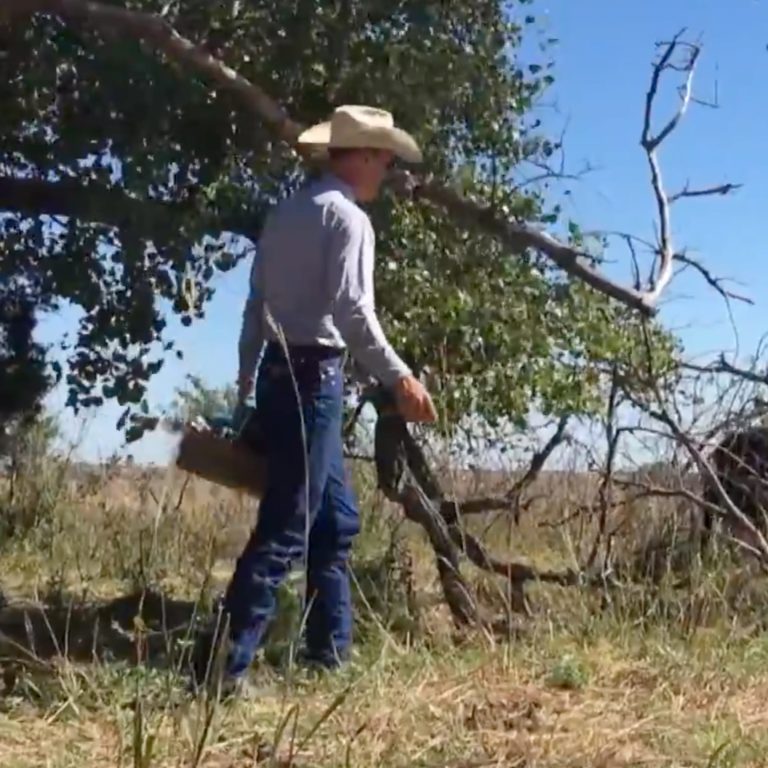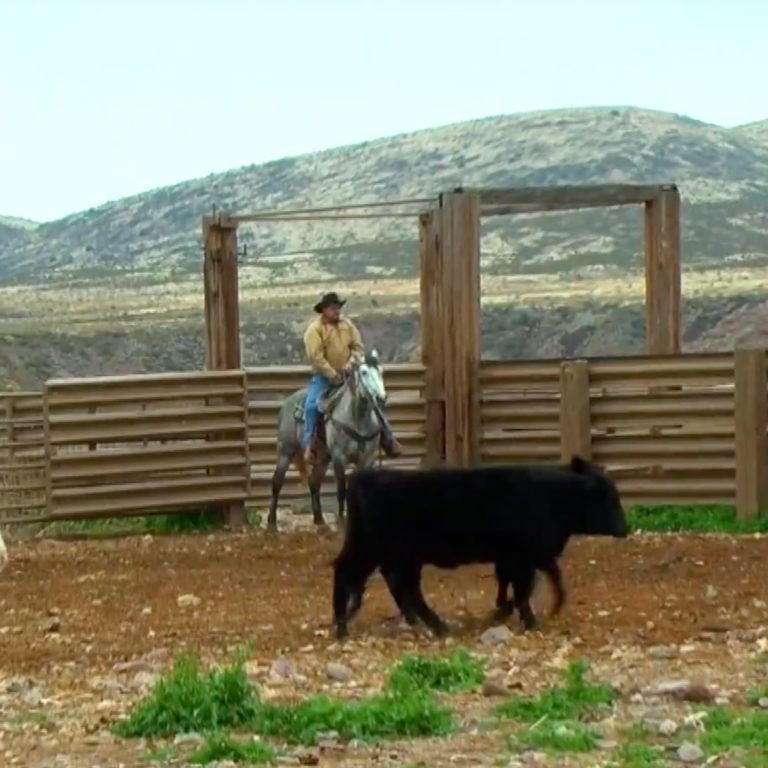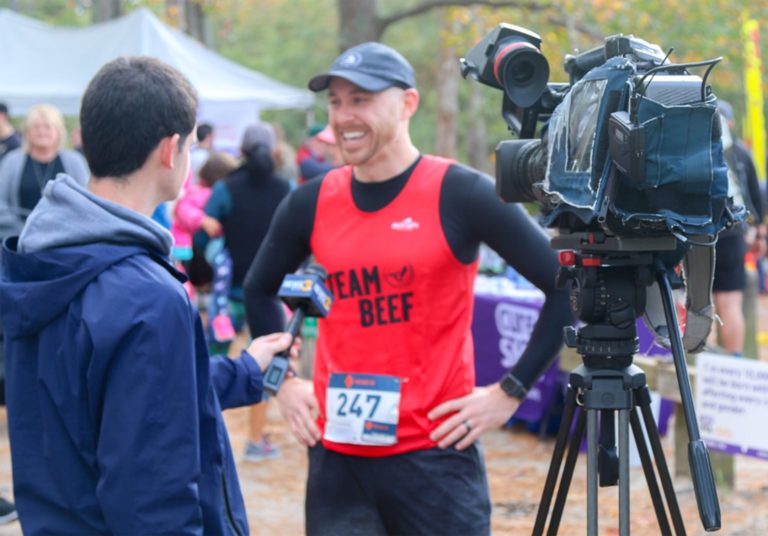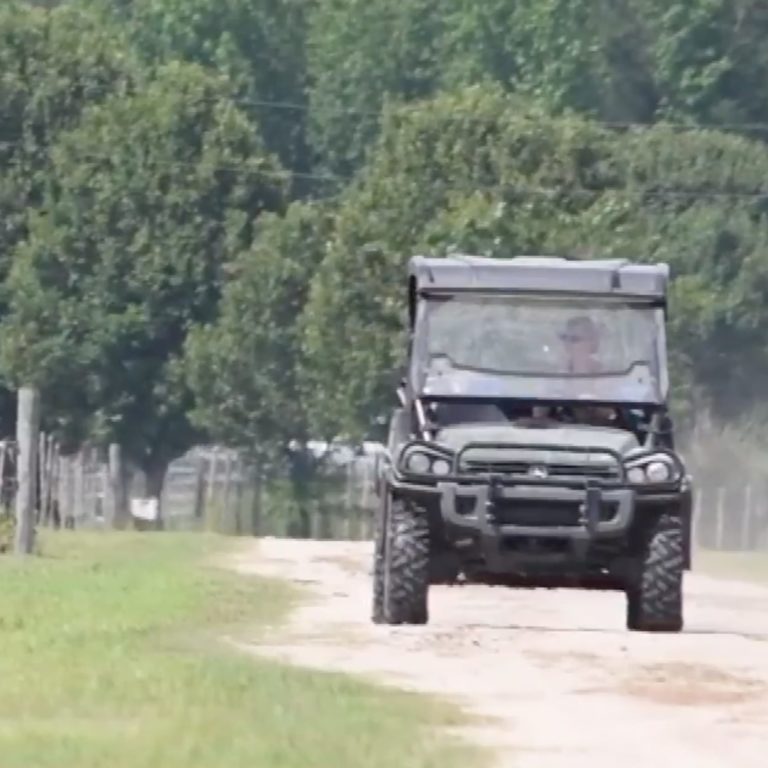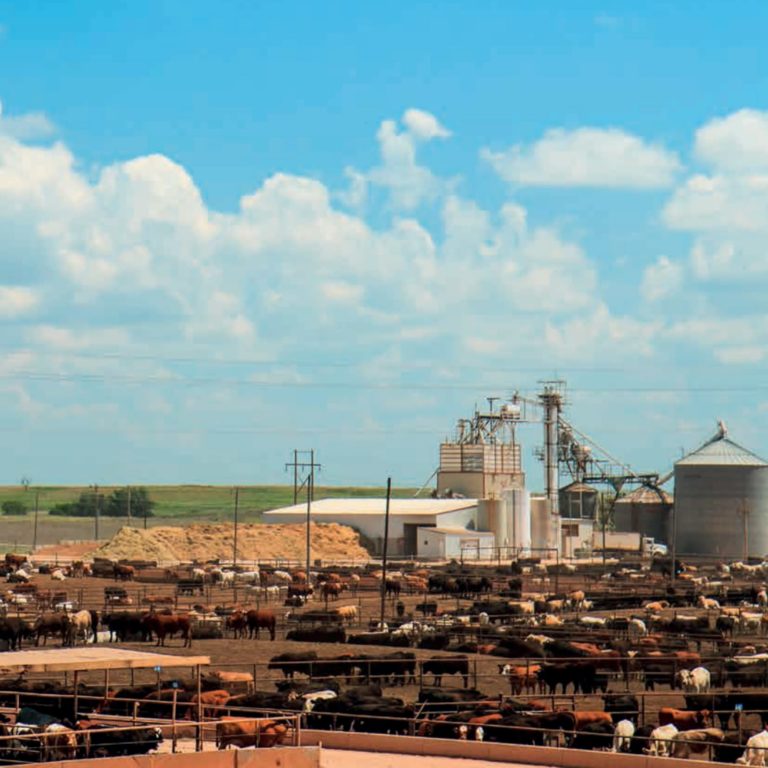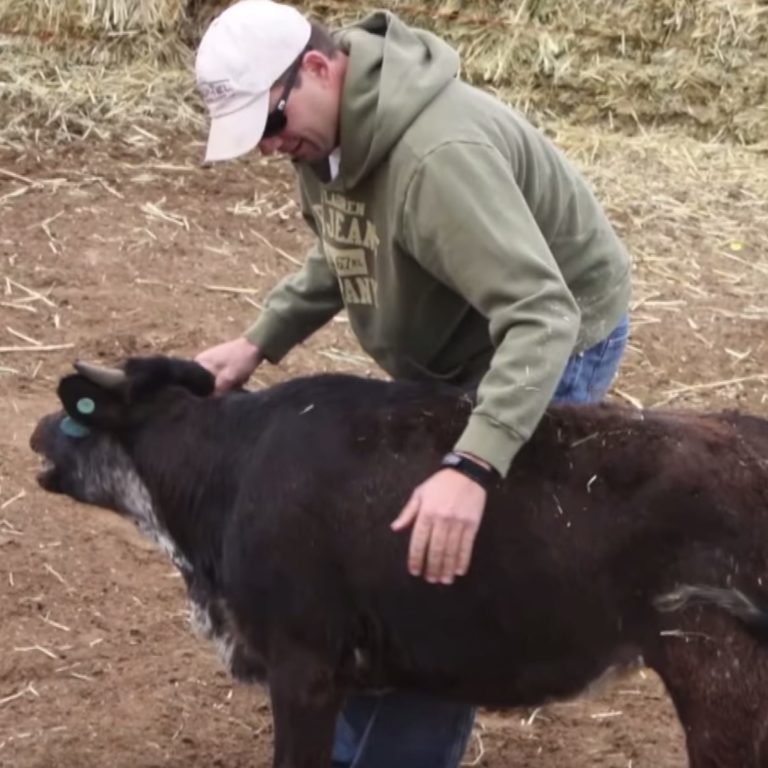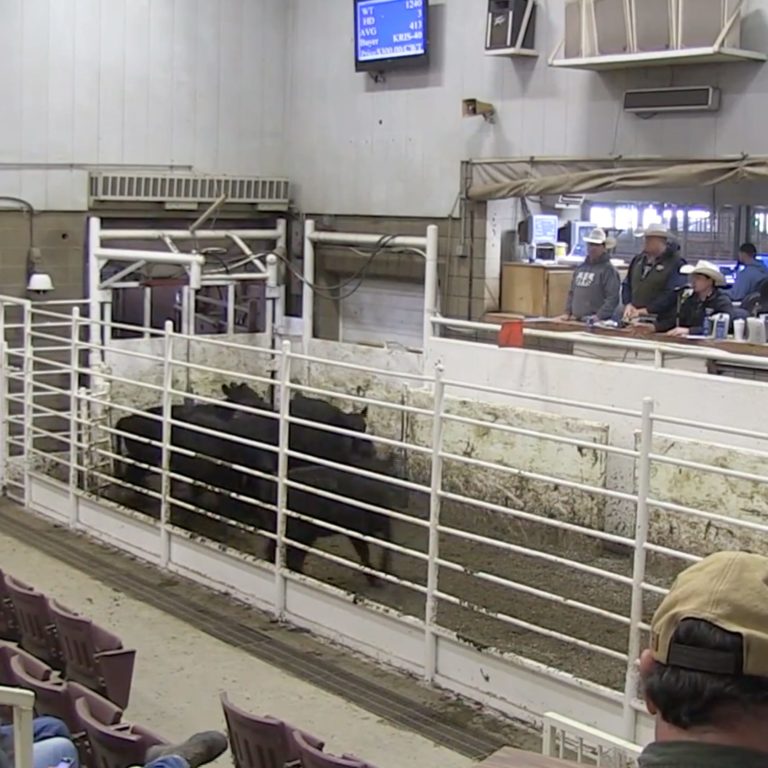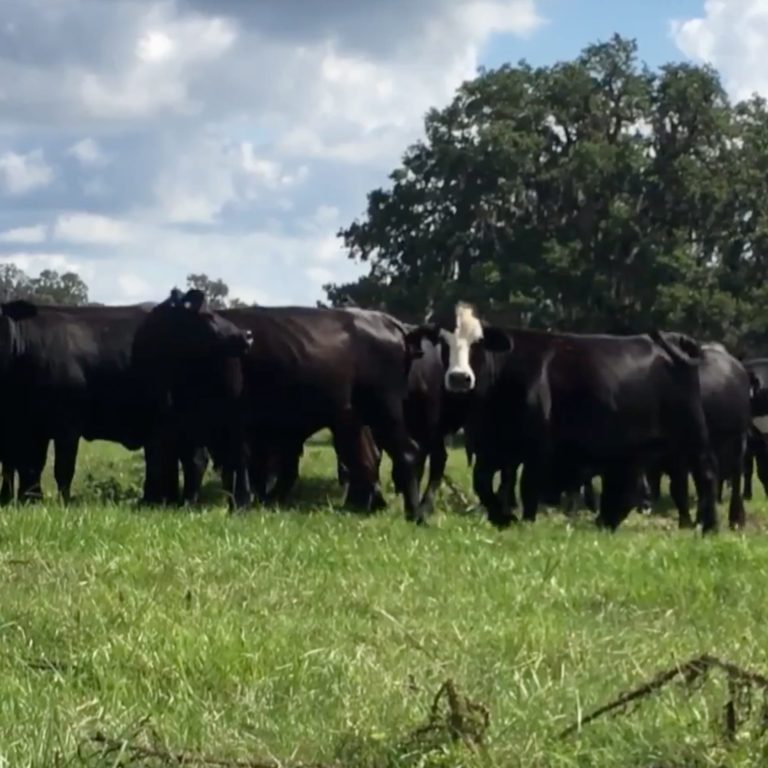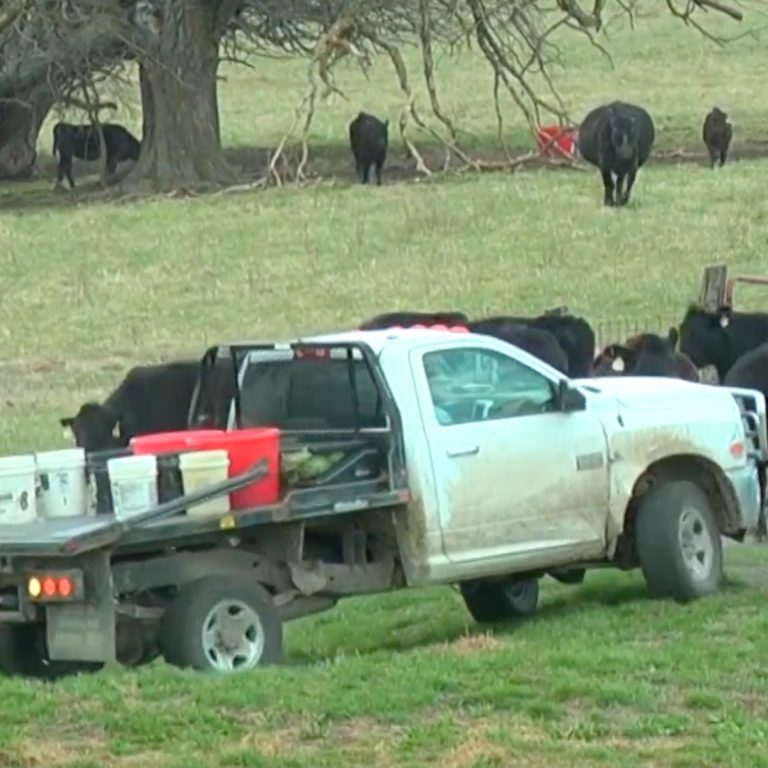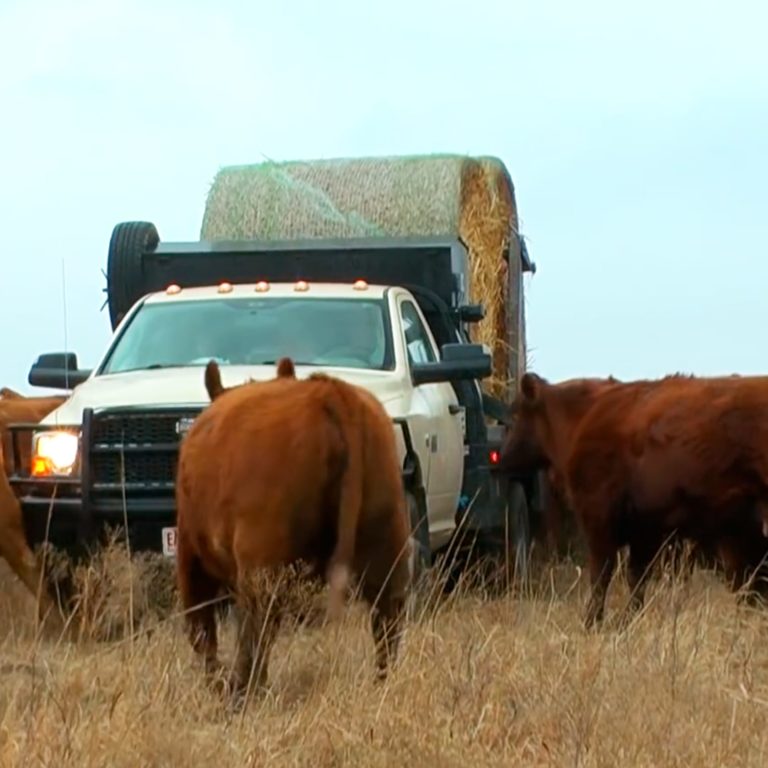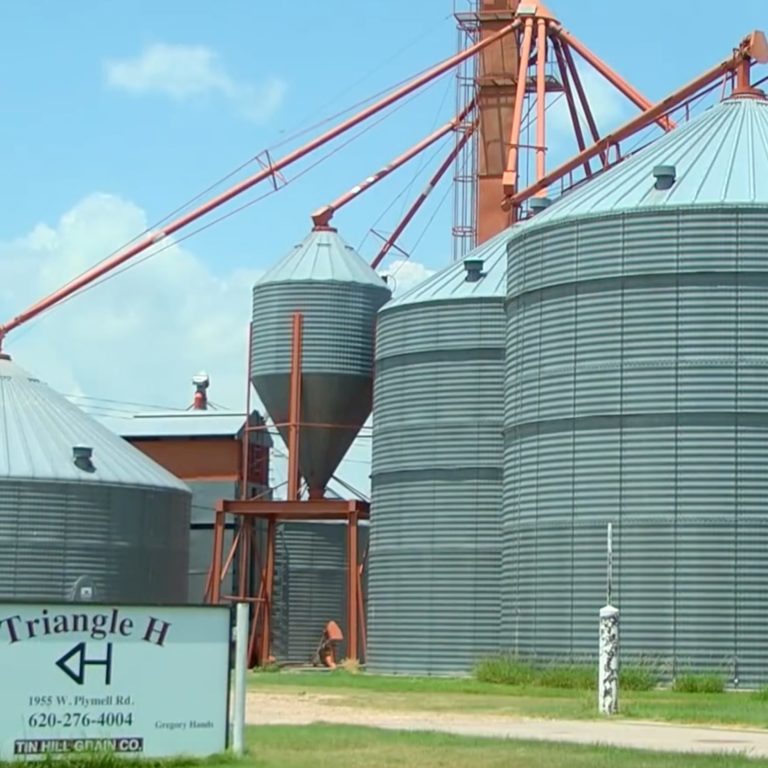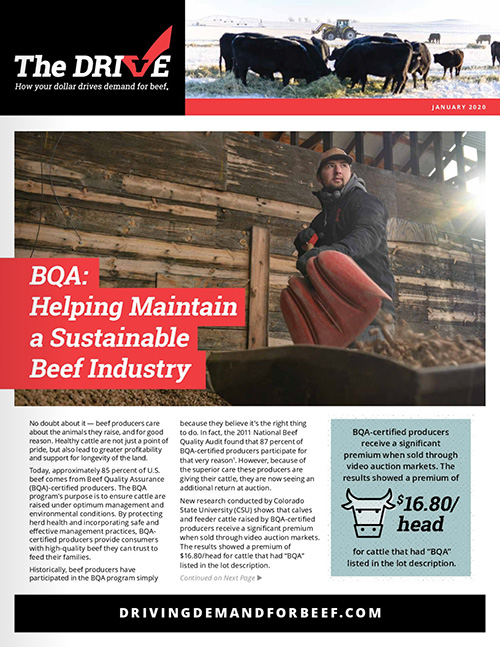On the Ranch with CDC Doctors
Consumers continue to look for the “antibiotic-free” label when shopping for groceries. 1In fact, according to the most recent International Food Information Council (IFIC) Food & Health Survey, 25 percent of U.S. consumers say they regularly purchase products labeled “raised without antibiotics.” Yet, the same survey shows a significant number of consumers are concerned with animal welfare and environmental sustainability when buying foods. Also indicated in the survey was that protein is the number one nutrient consumers seek. 2
Cultivating Change
Acknowledging these somewhat conflicting facts, how does the beef industry explain to consumers how responsible antibiotic use positively affects sustainable, safe beef production and ensures the highest standards of animal care? That’s where the Beef Checkoff comes in.
The Beef Checkoff funds multiple programs and initiatives that communicate the responsible use of antibiotics in beef production. They also give beef producers the tools and resources needed to face the ever-changing landscape of responsible antibiotic use. One way the Beef Checkoff accomplishes this is by collaborating with the Centers for Disease Control and Prevention (CDC.)
Cross-Industry Collaboration
The National Institute for Animal Agriculture (NIAA), on behalf of the Beef Checkoff, convenes animal agriculture experts and allies in collaborative settings. Here, they explore, discuss, learn and develop knowledge that fosters interdisciplinary cooperation for the improvement and continuous progress of animal agriculture.
“Collaboration across industries is increasingly important as issues arise, but it’s even more important to work together to prevent issues before they arise,” Cattlemen’s Beef Board Vice Chair Andy Bishop said. “Through collaboration, we can work together to achieve the same goals without overlapping or superseding our efforts.”
On the Farm Tours
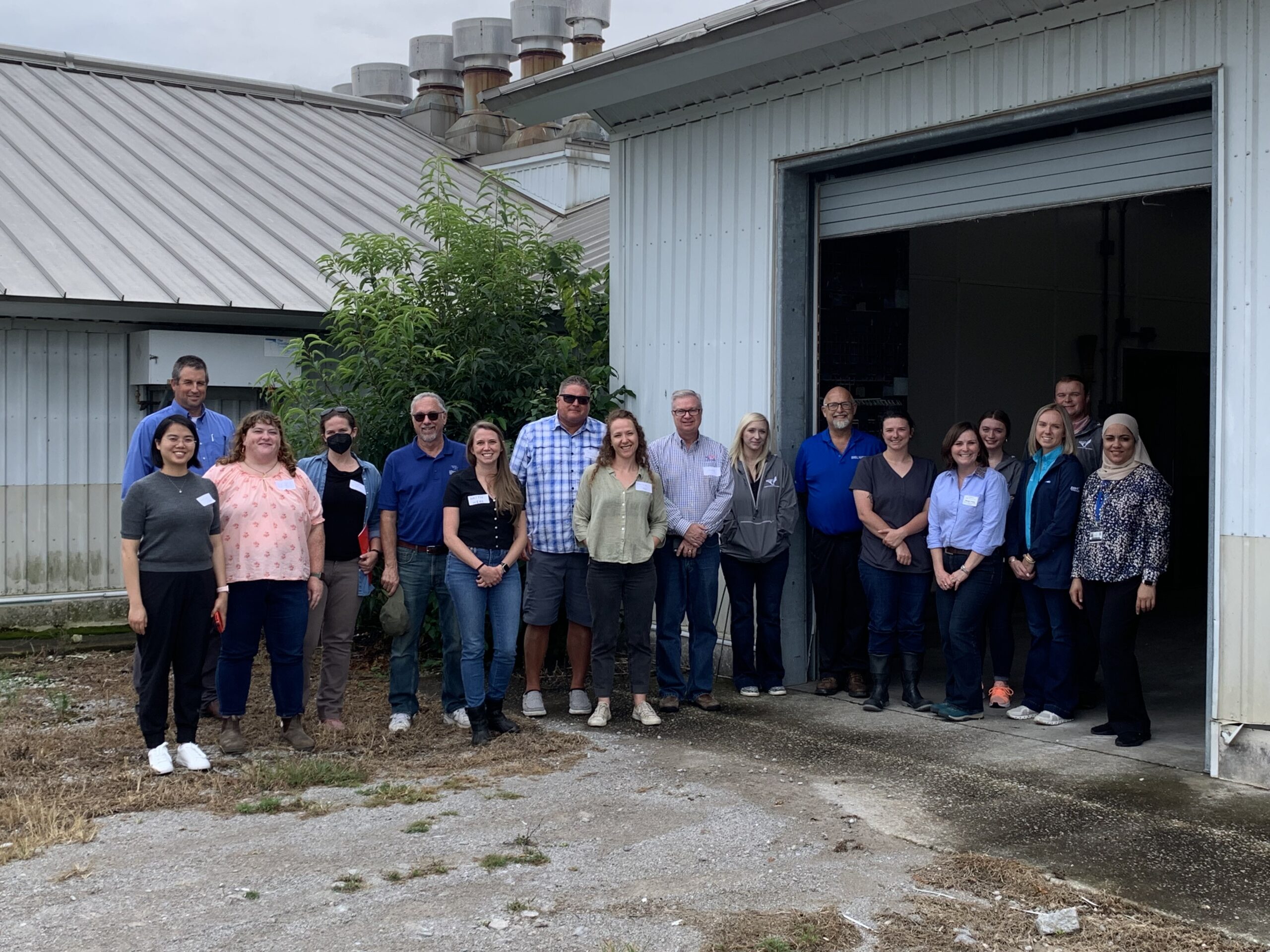 The Beef Checkoff engages with CDC professionals by hosting farm tours and educational events. Recently, in partnership with the Kentucky Cattlemen’s Association and Kentucky Pork Producers Association, 12 CDC doctors toured Kentucky ranches to see on-farm practices, animal preventative care and treatment protocols to understand the practical use of antimicrobials in animal agriculture. CDC professionals were able to see the University of Kentucky’s beef, swine, poultry and sheep units. They also toured Branch View Angus in Hustonville, Kentucky and learned how grains are processed at Burkmann Nutrition. The doctors walked away from the interactive event with new perspectives.
The Beef Checkoff engages with CDC professionals by hosting farm tours and educational events. Recently, in partnership with the Kentucky Cattlemen’s Association and Kentucky Pork Producers Association, 12 CDC doctors toured Kentucky ranches to see on-farm practices, animal preventative care and treatment protocols to understand the practical use of antimicrobials in animal agriculture. CDC professionals were able to see the University of Kentucky’s beef, swine, poultry and sheep units. They also toured Branch View Angus in Hustonville, Kentucky and learned how grains are processed at Burkmann Nutrition. The doctors walked away from the interactive event with new perspectives.
In their post-event surveys, attendees said they felt far more aware of the ways animal antibiotics may be used and who is involved in ensuring animals are getting the antibiotics they need—and not the antibiotics they don’t need. “I have learned a great deal about animal production that I feel has improved me as a scientist and a meat-consuming customer,” one attendee said.
Following the tour, 90 percent of attendees said they better understood how farmers, ranchers and veterinarians use antibiotics in their operations, and more than 80 percent said farmers, ranchers and veterinarians are responsible stewards of antibiotics. 3
“Visits like this allow us to not only tell our story but also give us the rare opportunity to meet face to face with medical professionals and scientists,” Bishop said. “The tour gave producers a voice and the chance to network with officials who make rules that will impact our operations. The ‘realness’ that this networking opportunity provides shows these officials that we work hard to provide a safe and nutritious product for consumers. For producers, it shows that the individuals making regulations are real people too, just like us.”
For Ryan Moorhouse, Cattlemen’s Beef Board secretary-treasurer, these types of events give the beef industry a steppingstone to connect with the regulation decision makers.
“By creating more transparency between the CDC officials and animal agriculture production, the voices who work for the government could advocate for us and dispel misinformation about what we do,” he said. “My hope is that we could work together to create regulations instead of having them handed down by folks who have no idea about antibiotic use in animal health management.”
Reflections and Takeaways
Farmers, ranchers, veterinarians and others in the animal agriculture industry used the CDC tour as an opportunity to tell their stories. Meanwhile, CDC professionals gained valuable access to ask questions and explain their research objectives.
“The benefit of these dialogues is incalculable,” Morgan Young, NIAA’s director of communications and outreach said. “The tour participants were incredibly gracious hosts and were open to telling their stories and engaging in a dialogue with people outside of animal agriculture. The CDC participants were very open to understanding what policies are in place and how we’re all working toward the same one-health goal.”
CDC attendees expressed their appreciation for the gracious tour hosts and the invaluable experience they enjoyed:
- “It was so refreshing to get out and talk to people in the industry and better understand how our work impacts one another.”
- “The visit was one of the most enjoyable work visits of my CDC career. I really appreciate the time taken to broaden (and correct, sometimes) my understanding of food animal production.”
- “I have a renewed appreciation for everything that goes into food animal production and a different perspective of how we can work together in the future.”
- “I learned so much from each stop on the itinerary and came away with a new appreciation for our food producers.”
- “I have been so impressed by how digitalized the food animal production industries are and excited about the powerful trackback systems; how academic knowledge seamlessly transformed into the power of efficient production, improved animal wellness, and better disease prevention and forecasting; how different entities care about the antibiotic resistance issue and try their best to contribute to solve it.”
NIAA sees the future of responsible antibiotic use as shaped by consistent, effective communication of scientific collaboration, and the Beef Checkoff will support this effort throughout the current 2024 fiscal year. To learn more about the Checkoff’s industry information program and NIAA’s 2024 initiatives, visit, BeefBoard.org/checkoff/beef-checkoff-programs/industry-information/
- Beef Attributes Research Package, Midan Marketing: Claims and Attributes For Meat Consumers Report | Midan
- International Food Information Council 2023 Food & Health Survey – IFIC-2023-Food-Health-Report.pdf
- National Institute for Animal Agriculture. (October 2023) “CDC Kentucky Farm Tour post Event Survey.”
The Beef Checkoff program was established as part of the 1985 Farm Bill. The checkoff assesses $1 per head on the sale of live domestic and imported cattle, in addition to a comparable assessment on imported beef and beef products. States may retain up to 50 cents on the dollar and forward the other 50 cents per head to the Cattlemen’s Beef Promotion and Research Board, which administers the national checkoff program, subject to USDA approval.






